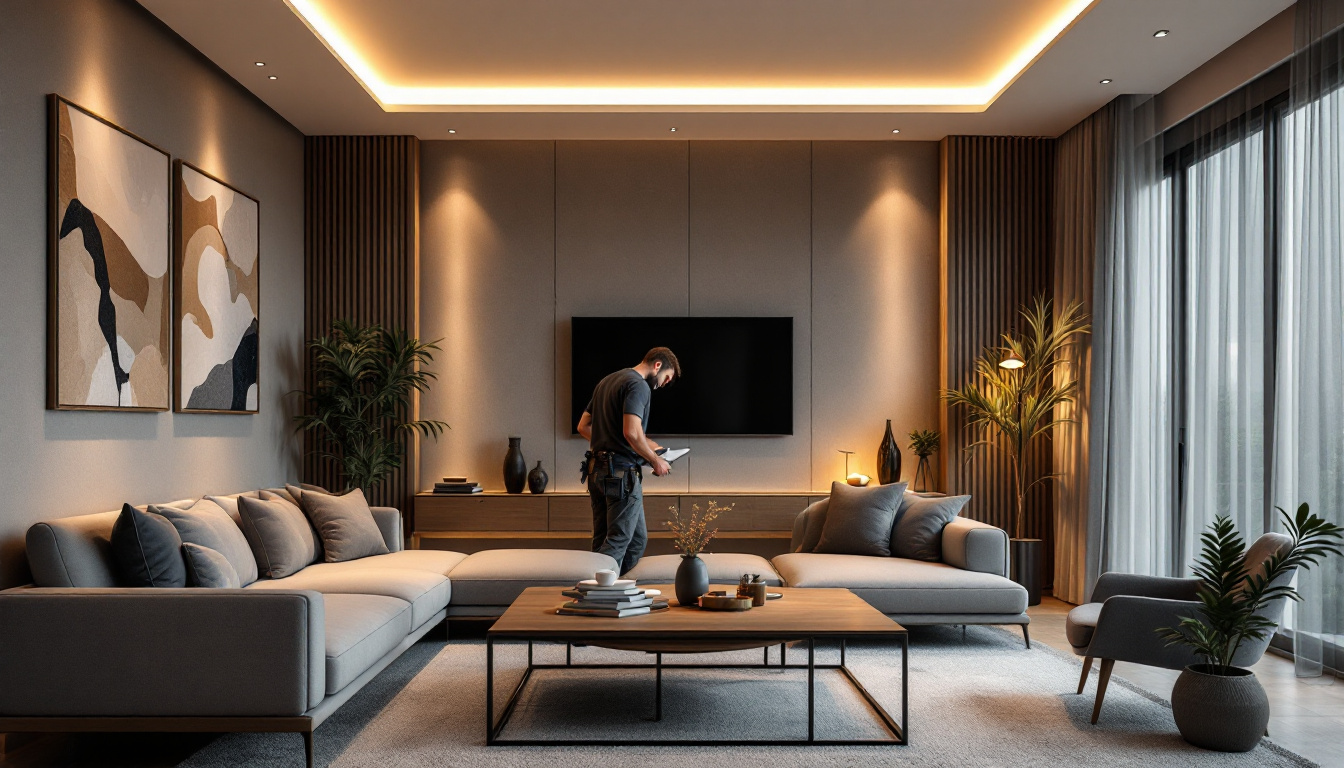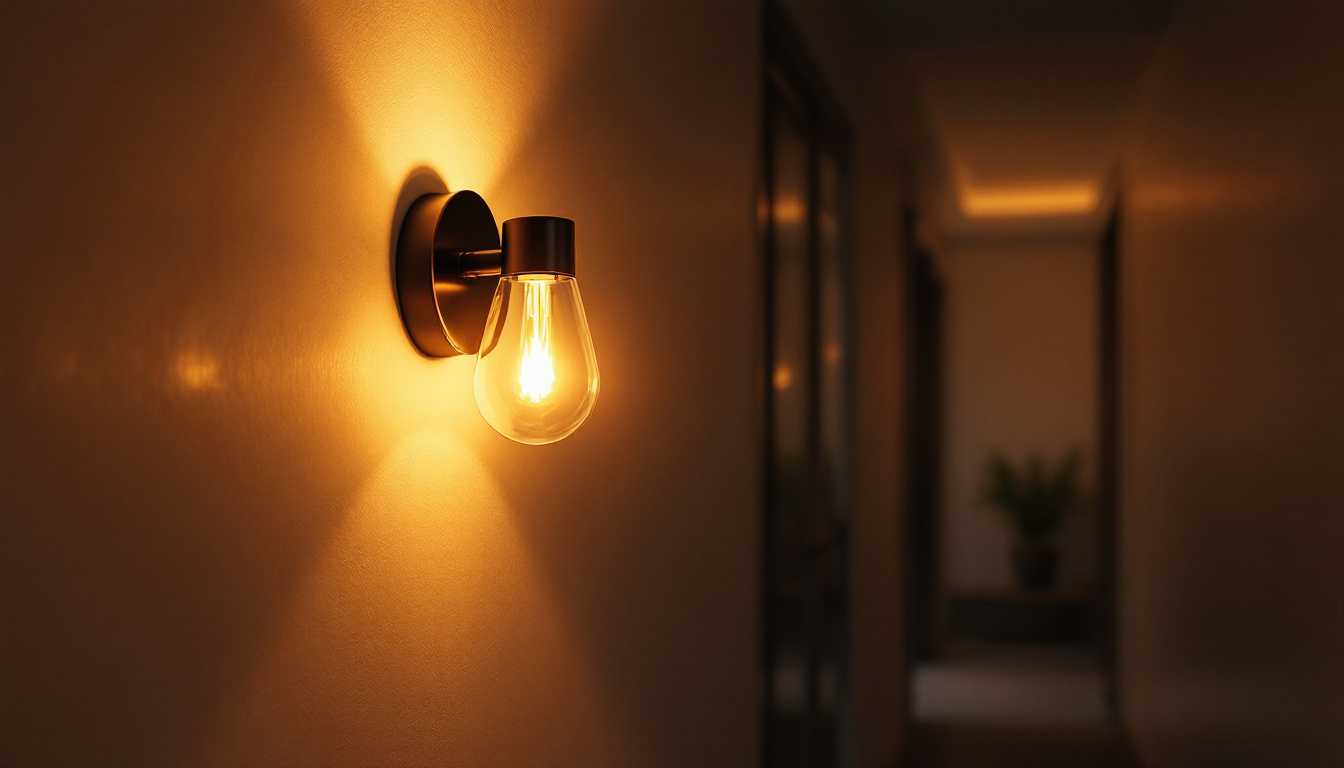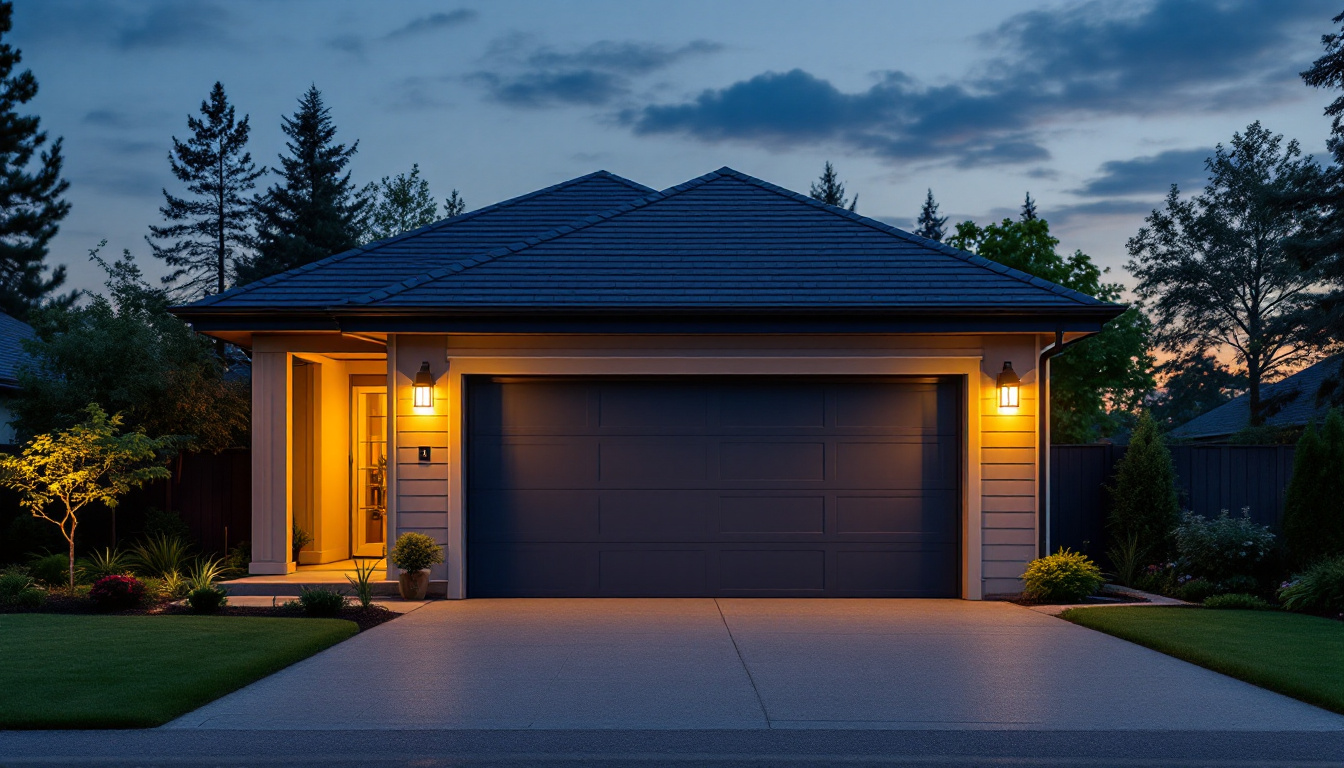
In the realm of interior design, modern recessed lighting has become a staple for creating elegant and functional spaces. As lighting contractors navigate the intricacies of this popular choice, they often encounter various challenges that can impact both the installation process and the final outcome. Understanding these challenges and developing effective strategies to overcome them is crucial for ensuring client satisfaction and maintaining a competitive edge in the industry.
Recessed lighting, often referred to as can lighting or pot lighting, involves fixtures that are installed into the ceiling, creating a sleek and unobtrusive look. This type of lighting is favored for its versatility and ability to provide ambient, task, or accent lighting, depending on the design and placement of the fixtures.
One of the primary advantages of recessed lighting is its ability to save space while enhancing the aesthetic appeal of a room. Unlike traditional fixtures that hang from the ceiling, recessed lights are flush-mounted, allowing for a clean and modern appearance. This can be particularly beneficial in rooms with low ceilings or in spaces where a minimalist design is desired.
Additionally, recessed lighting can be strategically placed to highlight architectural features, artwork, or specific areas within a room. This flexibility allows contractors to create customized lighting solutions that cater to the unique needs of each client. For instance, in a kitchen, recessed lights can be installed above countertops to provide focused task lighting for food preparation, while in a living room, they can be used to create a warm and inviting atmosphere by illuminating the space evenly.
There are several types of recessed lighting fixtures available, each designed for specific applications. Some of the most common include:
Moreover, recessed lighting fixtures come in various sizes and styles, ranging from small, low-profile designs to larger, more robust options. The choice of trim style can also significantly impact the overall look; for example, baffle trims can reduce glare and provide a softer light, while reflector trims can enhance brightness and create a more dramatic effect. Additionally, the use of LED bulbs in recessed fixtures not only promotes energy efficiency but also offers a longer lifespan compared to traditional incandescent bulbs, making them a cost-effective choice in the long run.
Another important consideration when selecting recessed lighting is the color temperature of the bulbs. Warm white tones (around 2700K) create a cozy and inviting atmosphere, ideal for living spaces, while cooler tones (5000K and above) are better suited for task-oriented areas like kitchens and home offices. By carefully selecting the appropriate fixtures and bulbs, homeowners can achieve a harmonious balance of functionality and style throughout their spaces.
While recessed lighting offers numerous benefits, it also presents a unique set of challenges for lighting contractors. Understanding these challenges is the first step toward finding effective solutions.
One of the most significant challenges in installing recessed lighting is ensuring proper electrical connections. Contractors must navigate existing wiring, circuit loads, and local building codes, which can vary significantly from one location to another. Inadequate planning can lead to overloaded circuits or non-compliance with safety regulations.
To mitigate these issues, it is essential to conduct a thorough assessment of the electrical system before installation. This includes evaluating the load capacity of existing circuits and determining whether additional circuits are necessary. Collaborating with a licensed electrician can also help ensure that all electrical work is performed safely and up to code. Furthermore, contractors should also stay updated on advancements in LED technology, as the energy efficiency of these fixtures can significantly impact the overall electrical load, potentially allowing for more fixtures to be installed without overloading circuits.
Another challenge that contractors face is determining the optimal placement and spacing of recessed lighting fixtures. Improperly spaced fixtures can result in uneven lighting, creating dark spots or overly bright areas that detract from the overall design.
To achieve an even distribution of light, contractors should consider factors such as the height of the ceiling, the size of the room, and the intended use of the space. A common guideline is to space fixtures approximately 4 to 6 feet apart, but this can vary based on the specific requirements of the project. Utilizing lighting design software can also aid in visualizing the layout and ensuring that the placement meets both aesthetic and functional needs. Additionally, contractors must take into account the type of trim used in the fixtures, as different trims can affect the spread and quality of light, further complicating the placement decisions. By experimenting with various configurations and seeking feedback from clients, contractors can refine their approach to achieve the best possible lighting outcome for each unique environment.
Designing a recessed lighting plan involves more than just choosing the right fixtures and placement; it also requires an understanding of how light interacts with various surfaces and colors. This can pose additional challenges for lighting contractors.
Choosing the appropriate color temperature and brightness is critical for achieving the desired ambiance in a space. Recessed lighting fixtures come in a range of color temperatures, typically measured in Kelvin (K), from warm white (around 2700K) to cool white (above 4000K). The wrong choice can significantly alter the mood of a room.
Contractors should engage clients in discussions about their preferences and the intended use of the space. For example, warmer tones may be more suitable for living areas, while cooler tones might be preferred in workspaces. Additionally, dimmable fixtures can provide further flexibility, allowing clients to adjust the brightness according to their needs.
Recessed lighting is often used in conjunction with other types of lighting, such as pendant lights, chandeliers, or wall sconces. Ensuring that all light sources work harmoniously together can be a challenge. The key is to create a layered lighting design that balances ambient, task, and accent lighting.
Contractors should consider the overall lighting design when selecting recessed fixtures. This includes evaluating the brightness and color temperature of other light sources to ensure consistency throughout the space. A well-thought-out lighting plan can enhance the functionality and aesthetic appeal of a room.
The installation process for recessed lighting can present several challenges, particularly in existing structures. Contractors must be prepared to address issues that may arise during the installation phase.
In many cases, accessing the ceiling space for installation can be difficult, especially in homes with finished ceilings or complex architectural features. This can limit the options for fixture placement and may require additional tools or techniques to complete the installation.
To overcome this challenge, contractors should assess the ceiling structure before beginning the installation. In some cases, it may be necessary to create access panels or use specialized tools to reach tight spaces. Planning ahead can save time and reduce the risk of damage to the existing structure.
Another installation challenge involves managing insulation and airflow. Recessed fixtures can interfere with insulation, leading to energy loss and potential safety hazards. Properly sealing and insulating around fixtures is essential to maintain energy efficiency and comply with building codes.
Contractors should use IC-rated (Insulation Contact) fixtures, which are designed to be installed in contact with insulation without posing a fire risk. Additionally, ensuring proper airflow around fixtures can help prevent overheating and extend the lifespan of the lighting system.
Once the installation is complete, contractors must focus on post-installation considerations to ensure the longevity and effectiveness of the recessed lighting system. This involves educating clients about maintenance and troubleshooting common issues.
Educating clients about the operation and maintenance of their recessed lighting system is crucial for ensuring satisfaction and preventing future issues. This includes explaining how to use dimmers, replace bulbs, and troubleshoot common problems.
Providing clients with a maintenance guide can be beneficial. This guide should outline best practices for bulb replacement, cleaning fixtures, and addressing any potential issues that may arise over time. A well-informed client is more likely to appreciate the value of their investment and maintain the system properly.
Recessed lighting systems may require periodic maintenance and upgrades to keep them functioning optimally. This includes replacing outdated fixtures with energy-efficient LED options, which can significantly reduce energy consumption and improve lighting quality.
Contractors should encourage clients to schedule regular maintenance checks to assess the condition of the lighting system. This proactive approach can help identify potential issues before they become significant problems, ultimately saving clients time and money.
Modern recessed lighting offers lighting contractors a wealth of opportunities to enhance interior spaces. However, navigating the challenges associated with installation, design, and maintenance requires careful planning and execution. By understanding the intricacies of recessed lighting and developing effective strategies to overcome common obstacles, contractors can deliver exceptional results that meet the needs and expectations of their clients.
Ultimately, success in the recessed lighting market hinges on a contractor’s ability to adapt to changing trends, embrace new technologies, and prioritize client satisfaction. By staying informed and proactive, lighting contractors can thrive in this dynamic industry, turning challenges into opportunities for growth and innovation.
Ready to tackle your next recessed lighting project with confidence? LumenWholesale is here to support you every step of the way. Our spec-grade lighting products are designed to meet the highest industry standards, providing you with the reliability and performance you need to overcome any challenge. With unbeatable wholesale prices and the convenience of free shipping on bulk orders, you can ensure your projects shine without breaking the bank. Wholesale Lighting at the Best Value is just a click away. Elevate your lighting solutions with LumenWholesale today.

Discover how choosing the right hallway light fixture can transform your lighting installation projects.

Discover how garage exterior lights can enhance your home’s curb appeal while saving energy.

Discover essential tips from lighting contractors on choosing and installing solar outdoor wall lights.

Discover why lighting contractors should prioritize replacing overhead lights with LEDs in business settings.